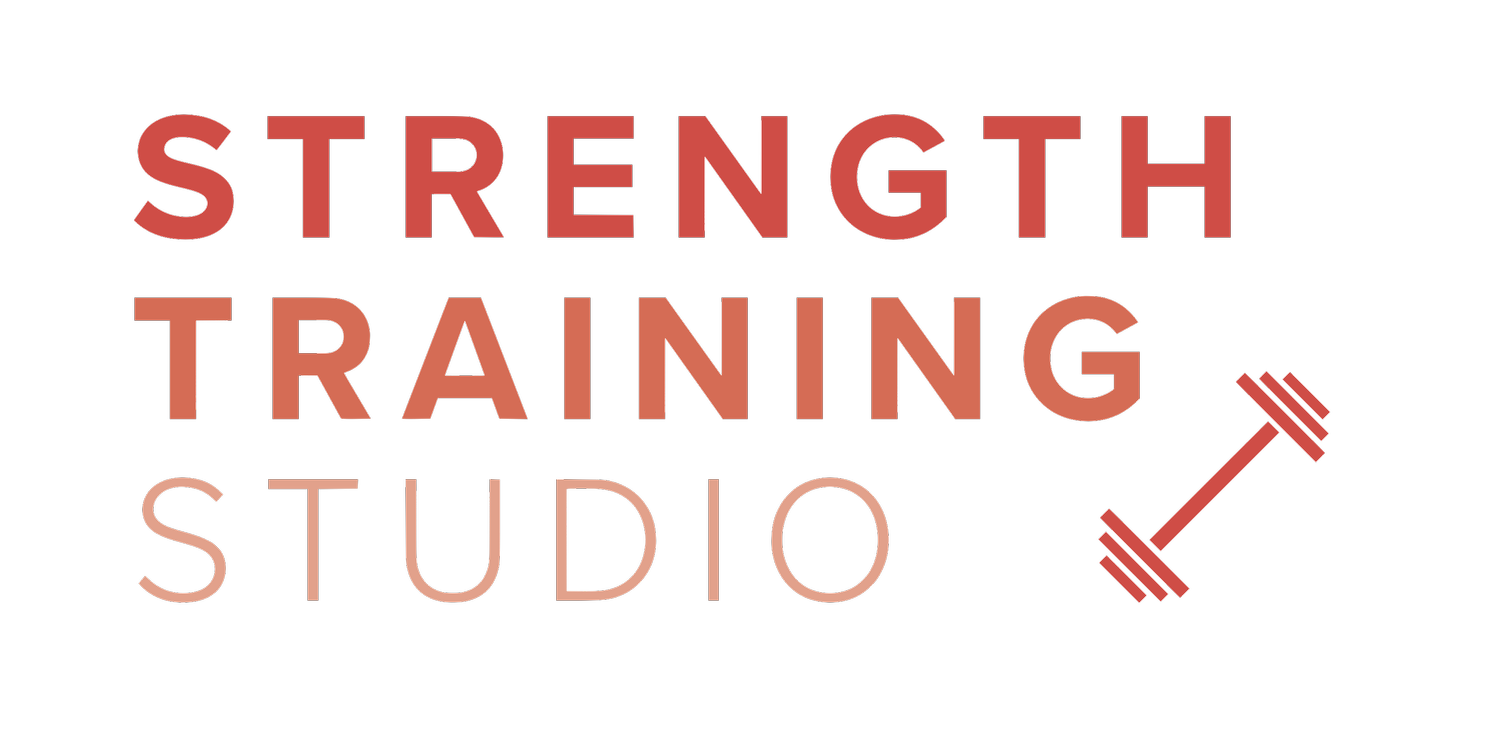To train or not to train while injured?
Strength training should never create an injury.
Like you, we know how frustrating it can be when we get injured. Strength training can be an effective way to recover from and prevent injuries when done properly. Through targeted exercises, strength training can help improve the flexibility, stability, and strength of the muscles, joints, and connective tissues, which can reduce the risk of injury.
At some point, something isn’t going to feel 100% and the latest research on cross-education helps us continue to maximize our strength training outcomes.
Cross-education has widespread application when we are injured (whether it’s as severe as having to immobilise a limb or as minor as an achy muscle or joint). Cross-education is a phenomenon in which training one limb can lead to improvements in the strength or function of the opposite limb. For example, if you train your left arm using weights, your right arm may also see some improvements in strength, even though it was not directly trained.
The mechanism behind cross-education is not fully understood, but it is believed to be related to changes in the nervous system. When one limb is trained and the motor units are activated, there is a neural “spillover” to the contralateral limb, leading to improvements in muscle activation and strength.
It has been found that moving through a range of motion is more effective than doing an isometric contraction (a hold or a contraction where you aren’t moving). Using heavier weights is more effective than using lighter weights when it comes to cross-education. To be clear, lighter weights work better than not training the limb at all.
It is also important to listen to your body and not push through pain or discomfort, as this can exacerbate the injury. Strength training can also improve post-injury recovery by increasing blood flow and oxygen to the injured area, promoting healing and reducing inflammation. However, it is important to work with a qualified trainer to ensure that you are using proper form and targeting the appropriate muscles without aggravating the injury.
